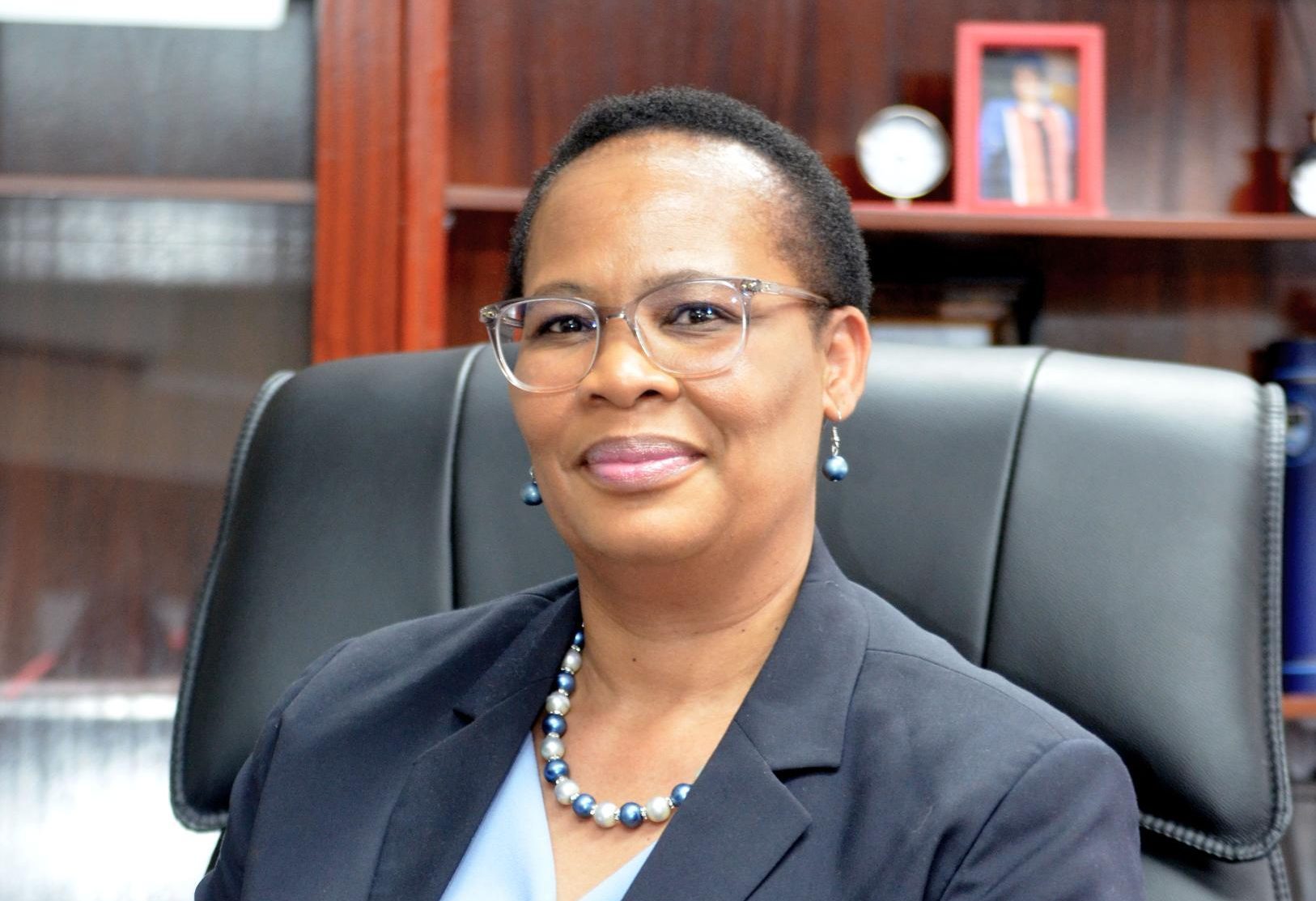Leadership transitions in universities: arriving, surviving and thriving at the top
Arriving, surviving, thriving. Tom Kennie and Robin Middlehurst from Ranmore Consulting reflect on their recent webinar for AHUA, in which members discussed their experiences of recruiting a new Vice-Chancellor or equivalent.

After enjoying the May Bank Holiday weekend, 24 members and associates of AHUA joined us to discuss their experience of, and roles in, recruiting a new Vice-Chancellor or equivalent.
Our webinar was structured around these questions:
- Has your institution recently recruited a new Vice-Chancellor or equivalent?
- Is it likely to be doing so in the next year or so?
- What roles have you played in the process, or are likely to play in the future?
- How can you optimize the recruitment process to accelerate entry and performance in the early days, as well as minimising any risk of early derailment?
The majority of participants indicated that they either had experience of recruiting for the top leadership role, or were in the process of recruitment and selection.
Their roles included:
- setting up and managing the search committee
- choosing and working with an Executive Search firm to identify potential candidates
- engagement with the selection process
- organising an induction for the new incumbent.
Digging a bit deeper, an online poll invited views from participants on the effectiveness of current approaches to leadership appointments, and transitions at the top in higher education.
It elicited that 56% of participants agreed that there was a need for some fresh thinking.
A further 25% agreed with the statement: “We need a debate and to make some changes.” This is a total of 81%.
The same poll was repeated at the end of the session, where the total for these two statements had increased to 88%.
It would be interesting to hear the views on the effectiveness of recruitment and transition processes from the wider AHUA membership.
In discussion, a number of concerns were raised about current recruitment practices for Vice-Chancellors.
For example, a small number of Search firms currently dominate the marketplace. They might be involved in more than one university recruitment process at any one time. Due diligence processes and assessment of candidates’ capabilities and character were not always optimal. Furthermore, not enough attention was necessarily paid to a candidate’s fit with the organisation.
Questions were also asked about the skills and ability of the Board to make the selection decision, particularly without extensive consultation with the wider university community about the requirements of the role, and type of candidate that might be suitable.
Was a research background a top priority in reality, and why were more Chief Operating Officers not appointed? Wasn’t there a need for a fundamental re-think about the skills needed for a modern Vice-Chancellor, given significant current, and future, changes in the sector?
Both the poll results and the discussion echoed the experiences of a sample of heads of universities in the UK.
Their experiences – and stories of transition – are recorded in our new book, Leadership Transitions in Universities: Arriving, Surviving and Thriving at the Top, published by Routledge in May 2021.
Through the research undertaken for the book, and our wider experience of leadership development, we came to the conclusion that a different and more comprehensive approach to ‘search and selection’ was needed in the UK university sector.
We propose a process called ‘Integrated Leadership Transitions,’ which takes account of, and provides support for, the wider web of transitions that is involved in Vice-Chancellor succession.
We suggest that a more considered and integrated approach could nudge the odds in favour of successful transitions, and away from painful and costly failures for both individuals and institutions.
For more information about this topic, we invite you to visit leadership transitions at the top.
You can also view a recording of the webinar.
Tom Kennie and Robin Middlehurst are the authors of ‘Leadership Transitions in Universities: Arriving, Surviving and Thriving at the top,’ available in hardback, paperback, and e-book.
Related Blogs



